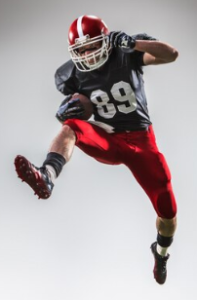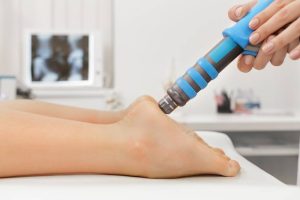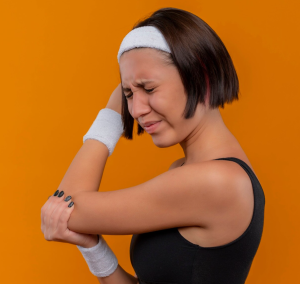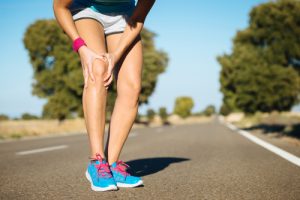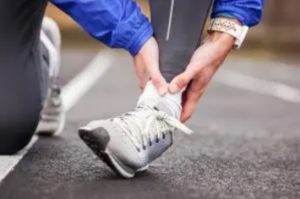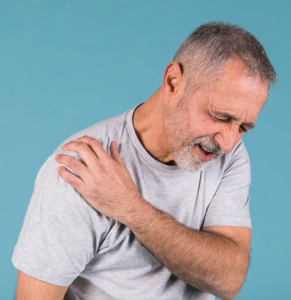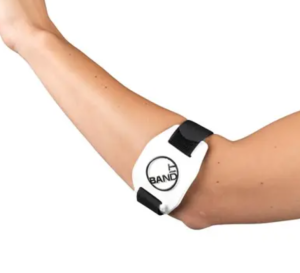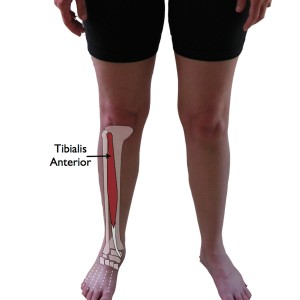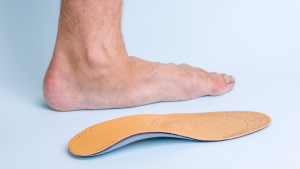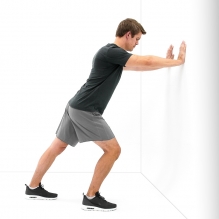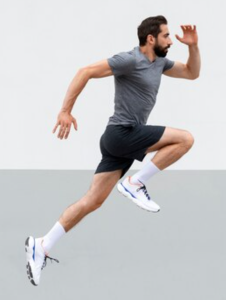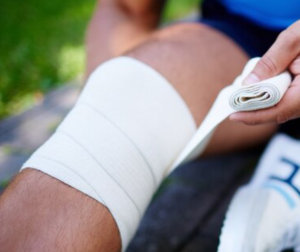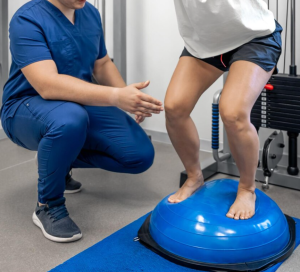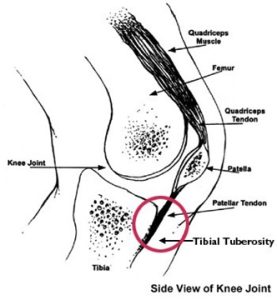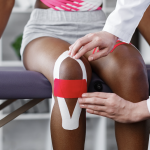Shockwave therapy has been gaining popularity in the field of physiotherapy as an effective treatment modality for various sports injuries. Athletes and sports enthusiasts alike are turning to shockwave therapy to help alleviate pain and promote healing.
Why choose shockwave therapy for athletes?
One of the key benefits of shockwave therapy is its ability to target specific areas of injury with high-energy acoustic waves, stimulating the body’s natural healing process. This non-invasive treatment option can be particularly beneficial for conditions such as tendonitis, plantar fasciitis, and other soft tissue injuries commonly seen in sports. By incorporating shockwave therapy into their treatment plans, athletes can accelerate their recovery time and return to play quickly. Physiotherapists and sports therapists are increasingly recognizing the value of shockwave in managing sports injuries effectively.
Shockwave therapy and sports injuries
Sports injuries are a common occurrence among athletes and can range from minor sprains to more serious conditions like tendonitis or stress fractures. One effective treatment option for certain sports injuries is shockwave therapy. Shockwave therapy is a non-invasive medical treatment that uses high-energy acoustic waves to stimulate the healing process in injured tissues. It can help alleviate pain, improve blood circulation, and promote tissue regeneration.
Here are some sports injuries that could benefit from shockwave therapy:
1. Plantar Fasciitis: This is a common overuse injury among runners and athletes that causes heel pain. Shockwave therapy can help reduce inflammation and promote healing at the origin of the plantar fascia at the bottom of the heel.
2. Tennis Elbow: Also known as lateral epicondylitis, this condition results from repetitive use of the forearm muscles. Shockwave therapy can target the affected area to relieve pain and improve mobility.
3. Achilles Tendonitis: A common injury among runners and athletes involved in jumping sports, Achilles tendonitis causes pain and stiffness in the back of the ankle. Shockwave therapy can stimulate healing in the damaged tendon.
4. Rotator Cuff Injuries: Athletes who participate in sports that involve overhead movements, such as baseball or swimming, are prone to rotator cuff injuries. Shockwave therapy can help reduce pain and improve shoulder function.
5. Shin Splints: This condition is characterized by pain along the shin bone and is common among runners and athletes who engage in high-impact activities. Shockwave therapy can help accelerate the healing process and reduce pain.
Can I get shockwave therapy for my injury?
It’s important to note that while shockwave therapy can be effective for certain sports injuries, it may not be suitable for every case. It’s essential to consult with a healthcare provider or a sports medicine specialist. Then, they will help you determine the most appropriate treatment plan for your specific injury. Additionally, some pre-existing medical conditions like cancer, bleeding and blood clotting disorders are contraindications for shockwave therapy.
Try PhysioNow!
In conclusion, shockwave therapy is an effective treatment option for various sports injuries. It offers patients a non-invasive and effective way to manage pain and promote healing. By incorporating this innovative therapy into their rehabilitation programs, patients can potentially expedite their recovery and return to their active lifestyles sooner. Shockwave Therapy is offered at our Applewood location of PhysioNow by qualified physiotherapists. Contact us today to book your first treatment!
